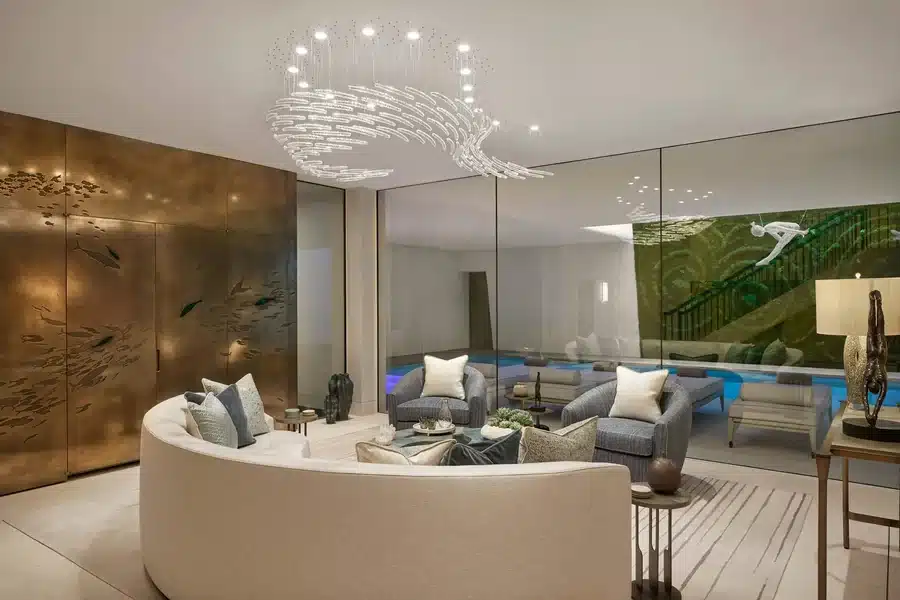It might be exciting to design a spa from the ground up. However, it can also be daunting if you don’t know where to start. When planning a spa, a number of considerations go beyond aesthetics. It doesn’t matter whether it is for a luxury health retreat, a boutique day spa, or a hotel or gym.
Every component, including lighting, mechanical systems, and design, works together to create a welcoming and practical space that people actually want to use again. Consider the following if you’re just starting out.
Recognize your audience and vision
Ask yourself, “Who is this spa for?” before you start talking about floor plans or finishes. A tiny urban spa for busy professionals will look very different from a luxury spa aimed at holidaymakers.
Consider the space requirements for the various services you plan to provide, such as:
- Massage
- Hydrotherapy
- Sauna
- Facials, etc.
Making design decisions that support your goal will be simpler if it is obvious from the beginning.
The layout is crucial
Flow is important. You want customers to flow easily between spaces without feeling crowded or hurried. Think about the following:
- How visitors arrive
- Where they change
- How they move between services.
Your layout should prioritize privacy, quiet, and easy navigation. A careful spa contractor can assist in laying out spaces for storage, staff access, wet and dry areas, and more. They can also ensure that everything conforms with safety regulations and codes.
Pick your materials carefully
A spa is all about relaxation and comfort. However, beneath that tranquil exterior is a space that must be extraordinarily resilient. Materials must withstand moisture, temperature changes, and frequent usage. All this is without deteriorating in appearance or functionality.
You should be looking for:
- Mold-resistant surfaces
- Non-slip floors
- Finishes that are simple to maintain.
Your spa contractor can suggest materials that are both aesthetically pleasing and functionally sound.
Never undervalue the significance of sound and lighting
Lighting creates ambiance. Relaxation spaces benefit greatly from natural light, while treatment rooms benefit most from gentle, adaptable lighting.
Additionally, don’t forget about sound. Think about:
- The sounds you want your clients to hear (water features, soft music)
- The sounds you don’t want them to hear (chatter in the corridor, plumbing noises).
Acoustic planning may enhance or ruin a spa visit.
Mechanical systems are important
Although they are not the most glamorous aspects of spa design, water systems, air quality, heating, and ventilation are essential. Inadequate ventilation can ruin even the most exquisite environment. Improperly controlled humidity can result in damage.
A competent spa contractor will be able to combine these technologies in a way that makes them functional without being obtrusive. That is why working with one is advisable.
Concluding remarks
Spa design is a combination of engineering and art. The goal is to create a tranquil, durable, secure, and useful space. Involving a reputable spa contractor early can go a long way. With the correct team and careful planning, you can create a relaxing spa. Discover key insights on designing a spa from scratch, covering layout, permits, customer needs, ambiance, and functionality for success.



